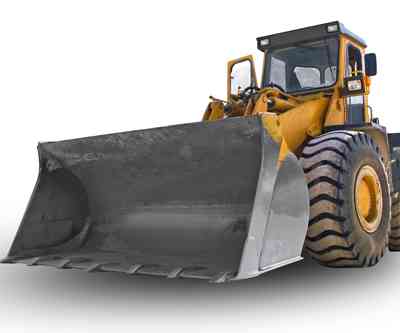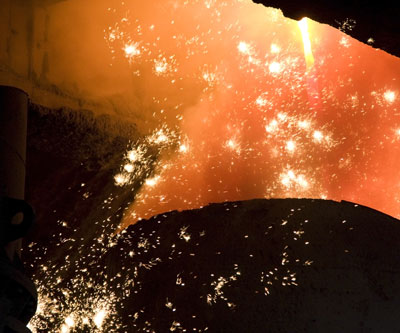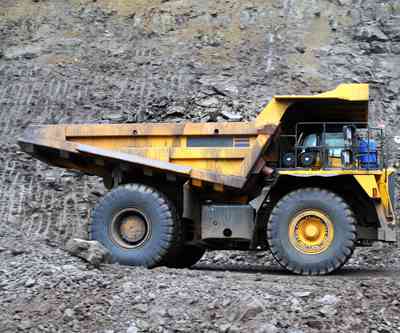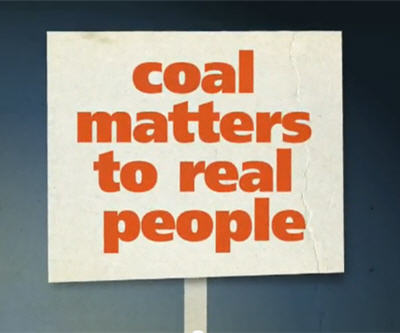Hecla increases revolving credit agreement to $100 million
Hecla Mining Company ("Hecla") HL +3.79% announces that it has reached an agreement with its lenders to increase the amount available under its undrawn secured revolving credit facility to $100 million from $60 million.
The amendment is effective immediately and represents a new three-year term on the facility. The financial covenants and interest rate at LIBOR plus 2.75% to 3.5% depending on the leverage ratio of the Company, remain unchanged. The lenders for the credit facility are Scotia Capital and ING Capital LLC.









